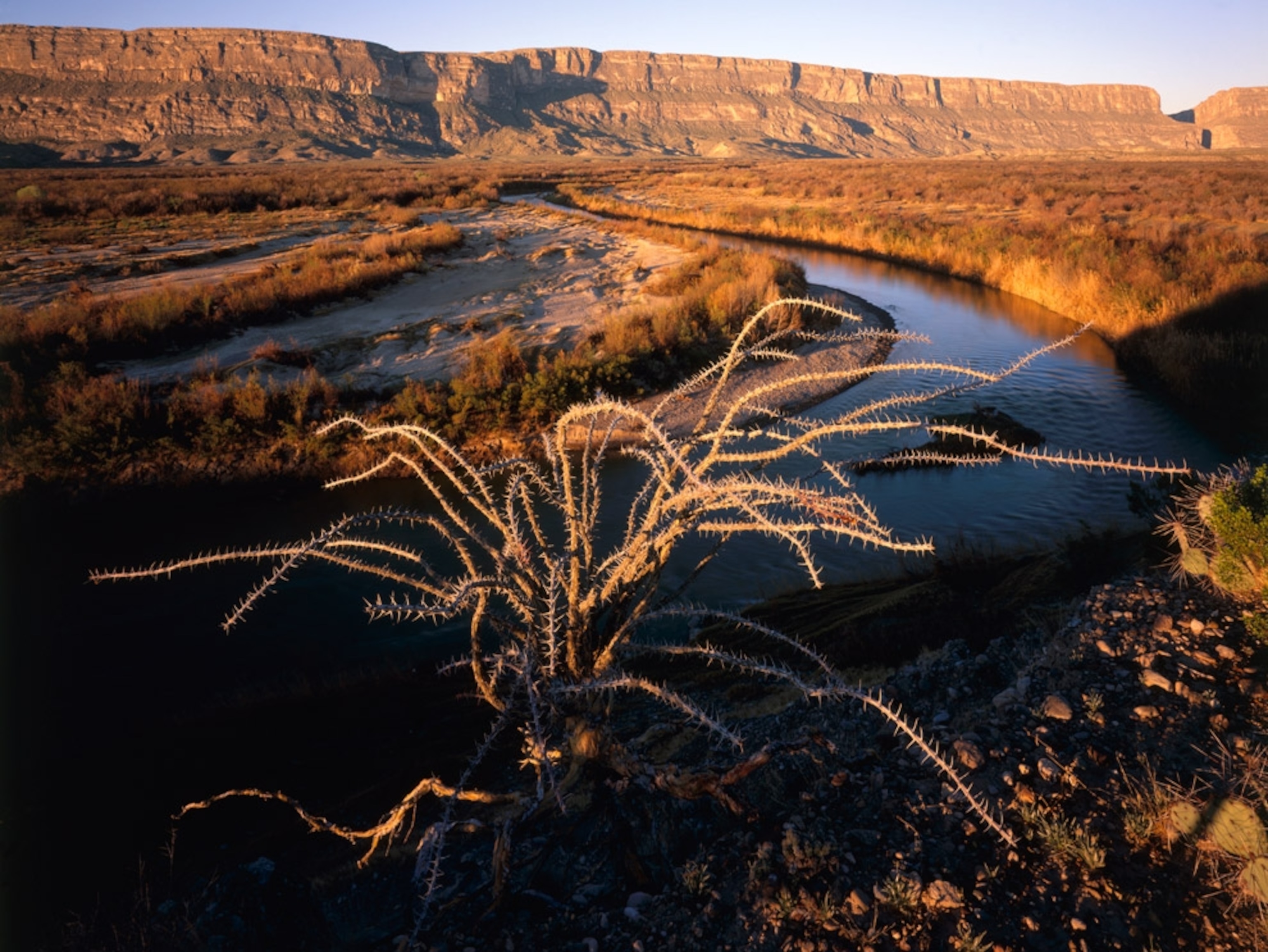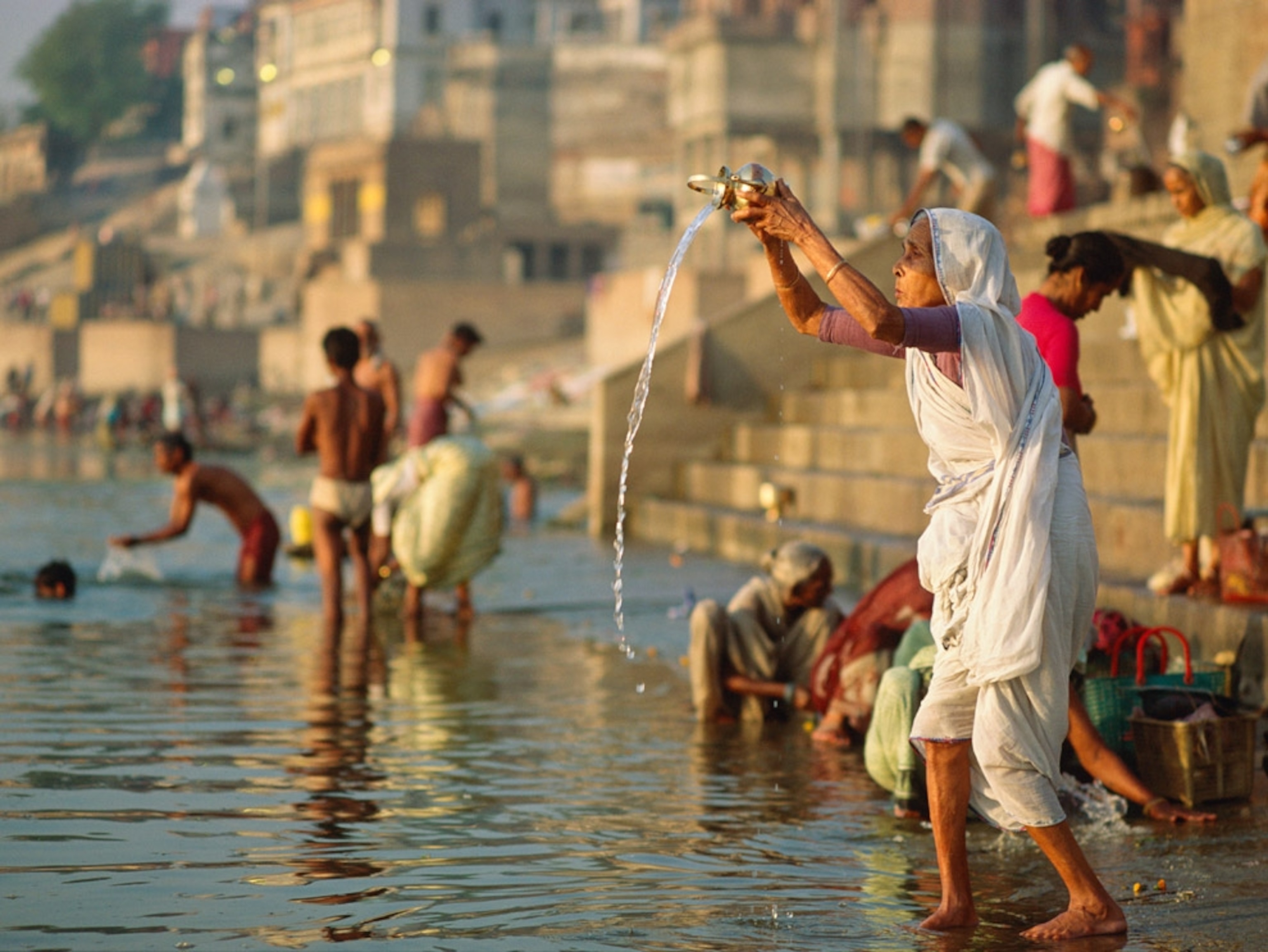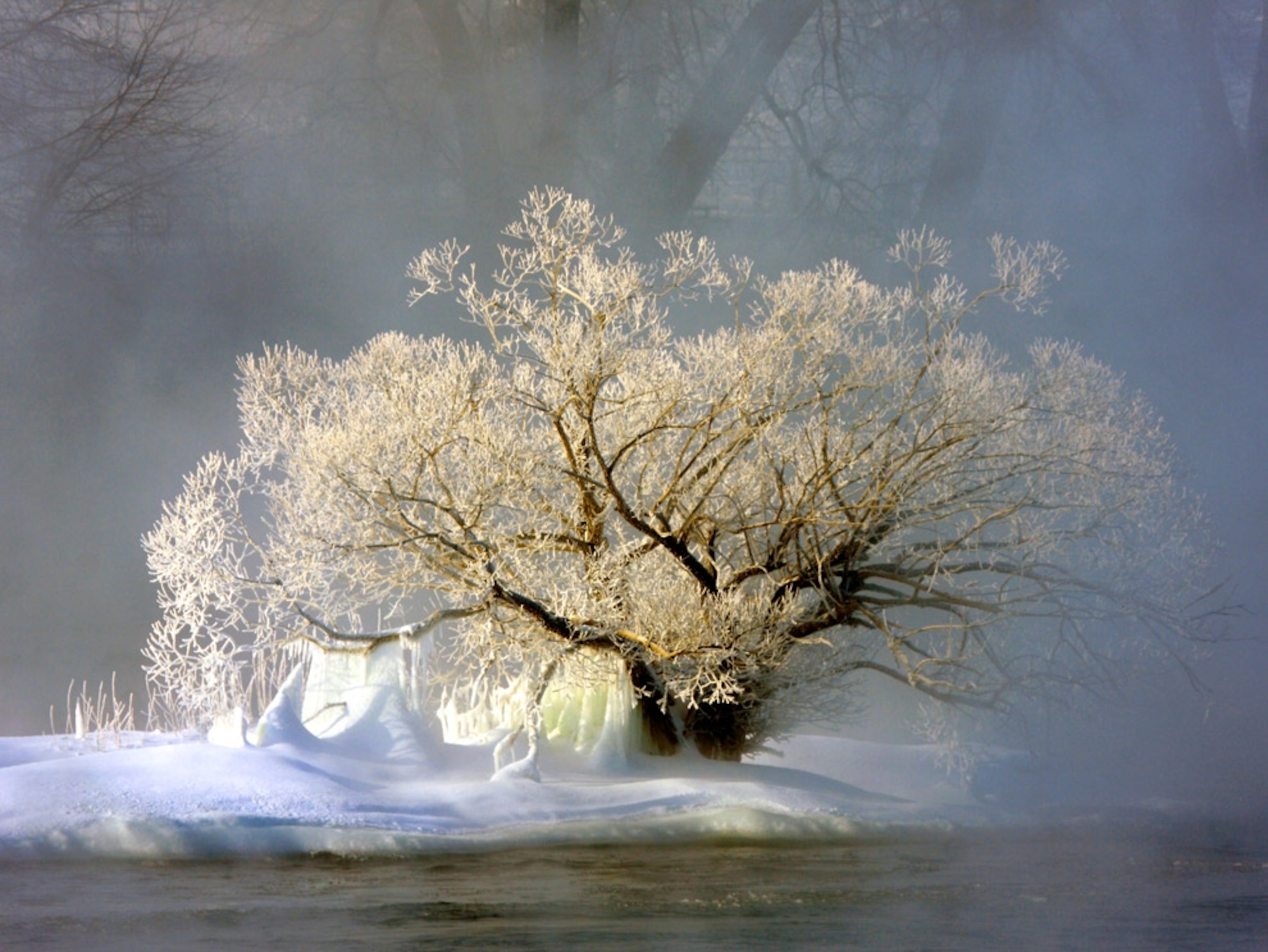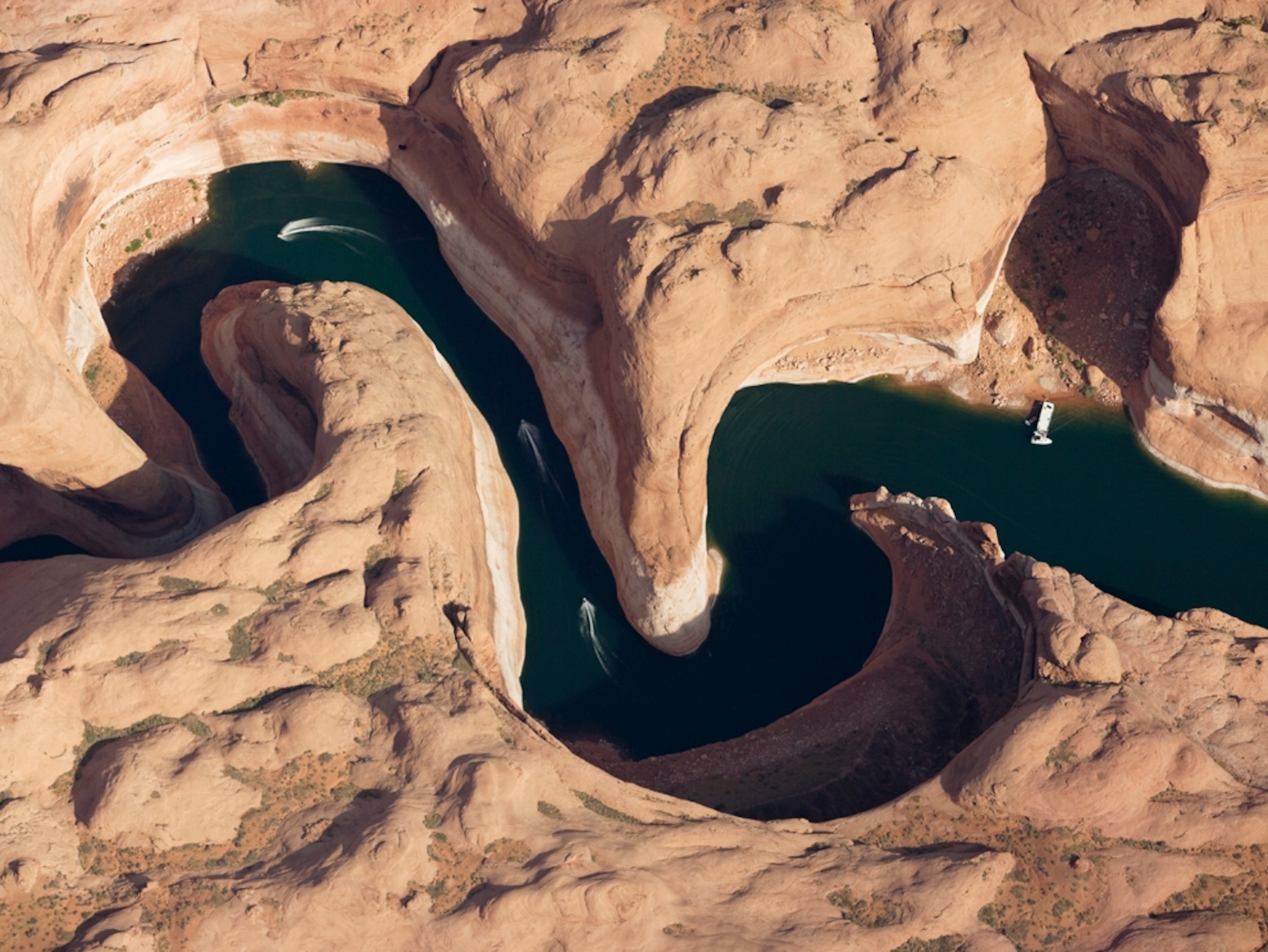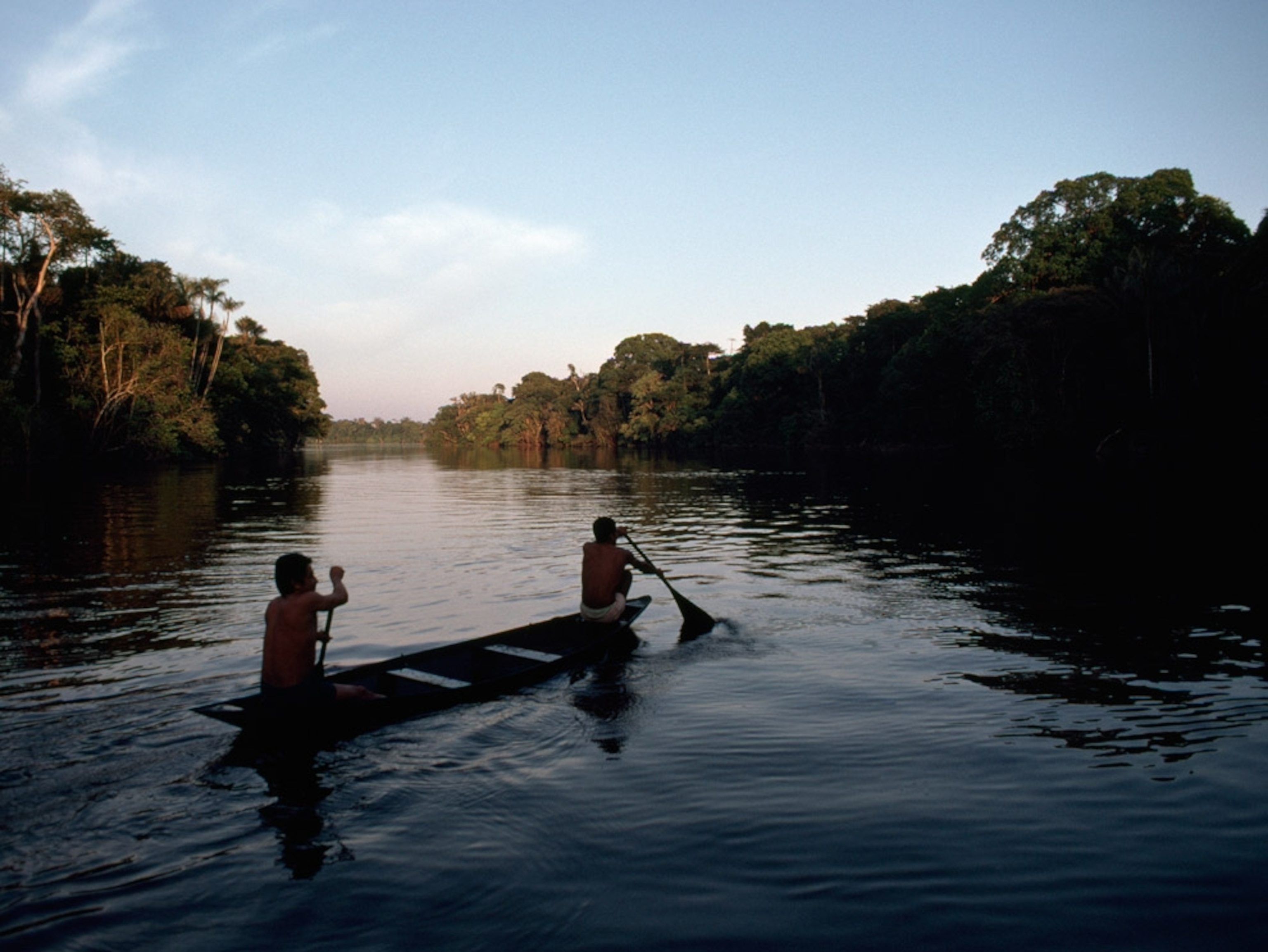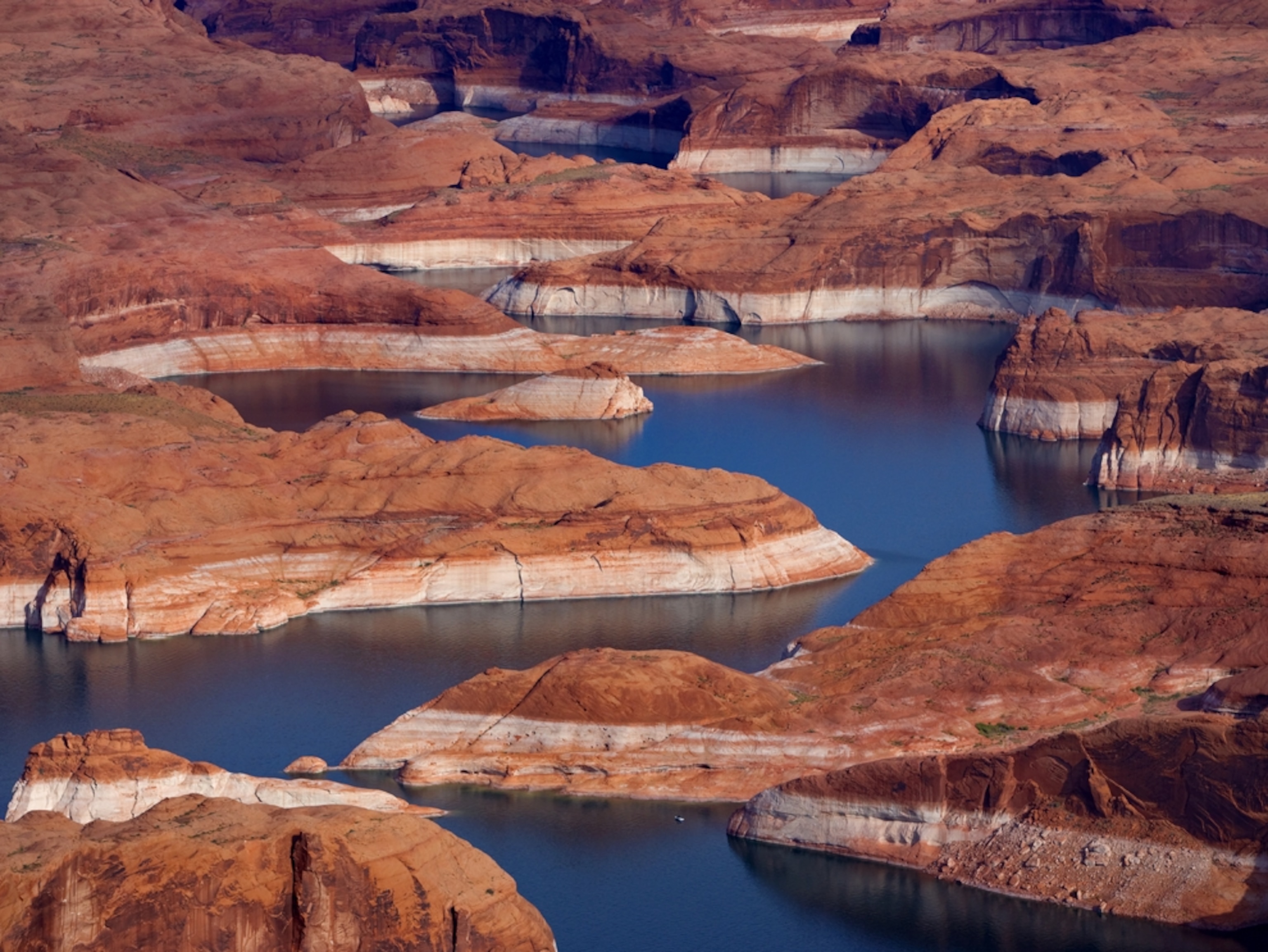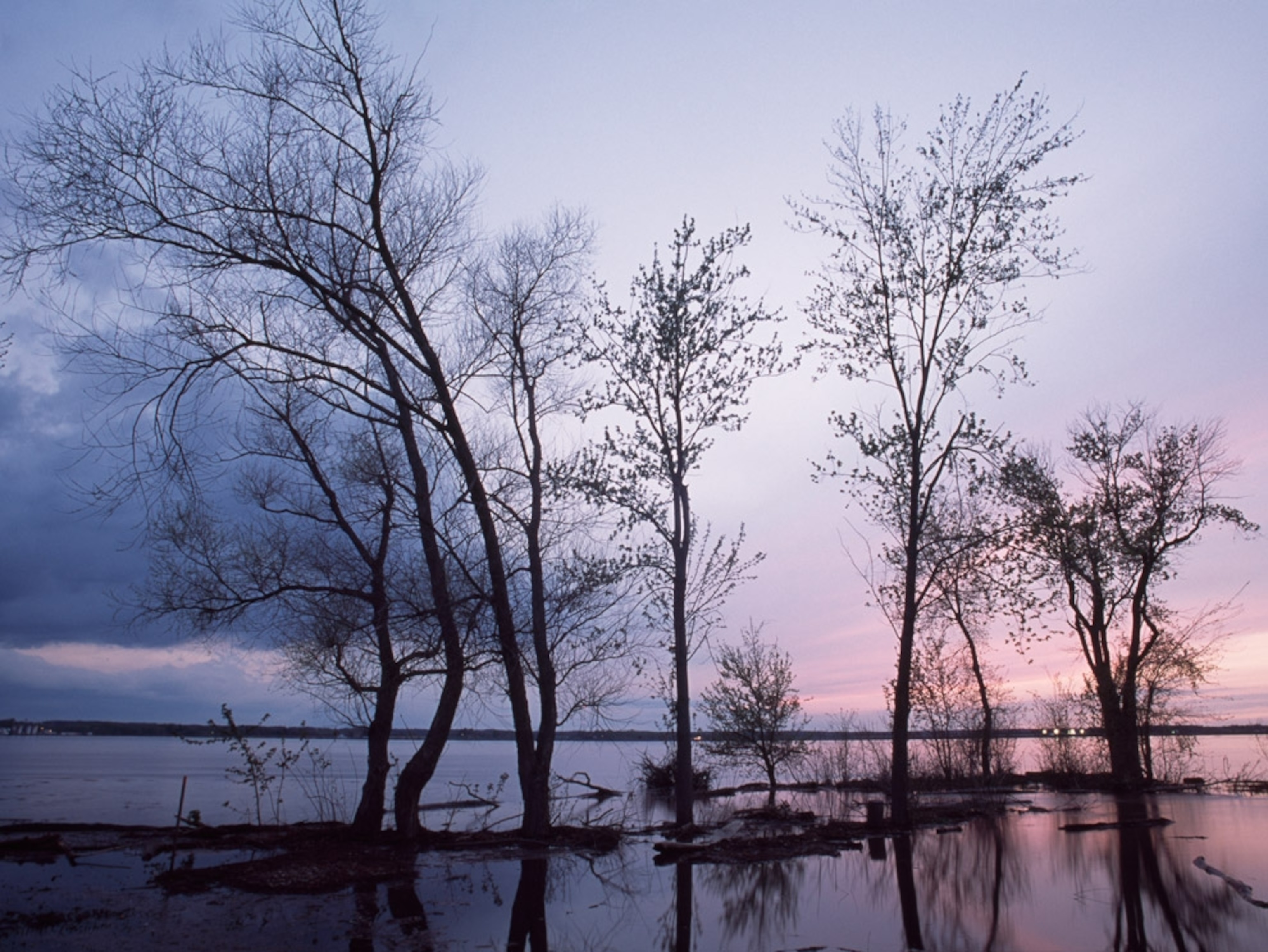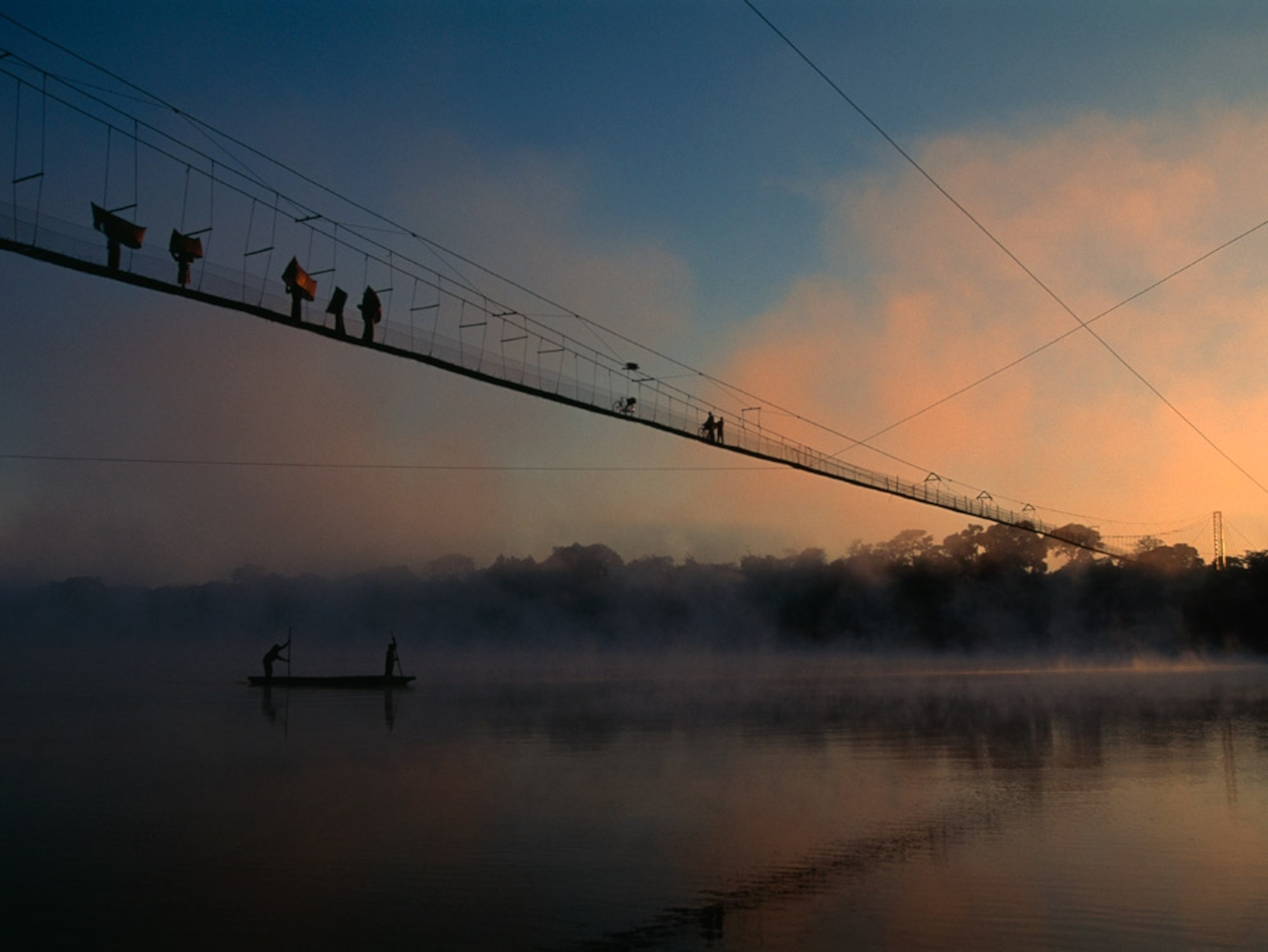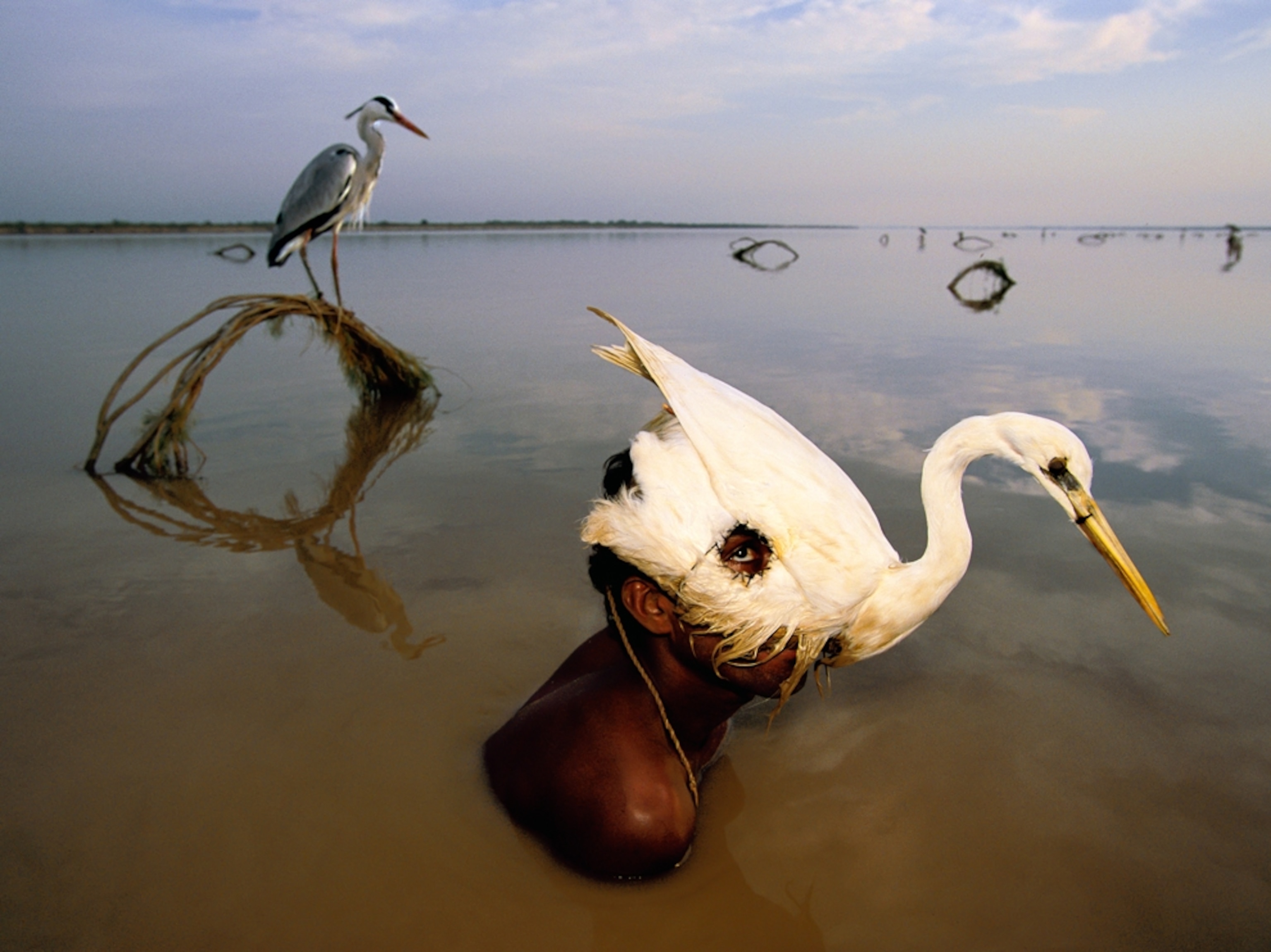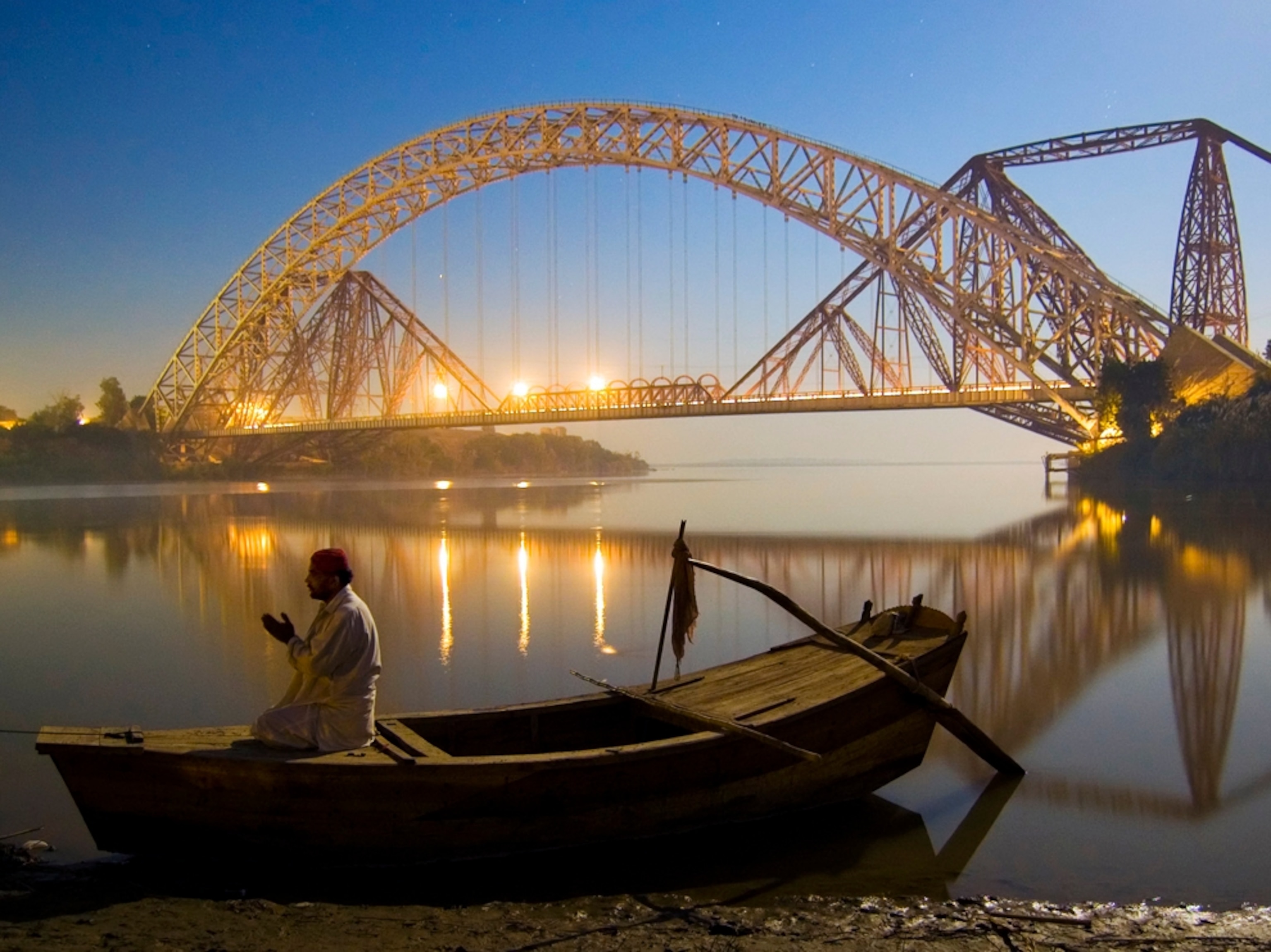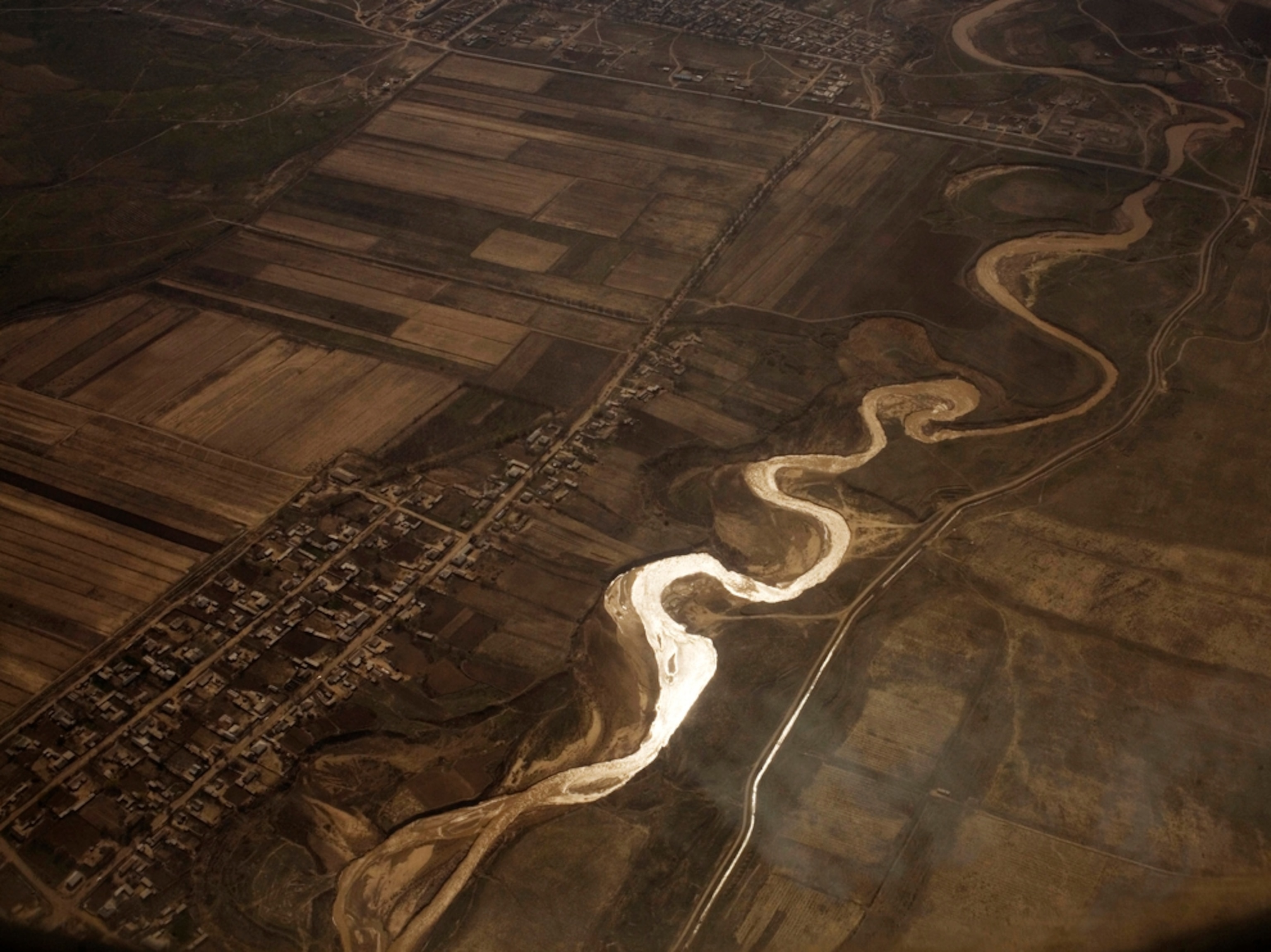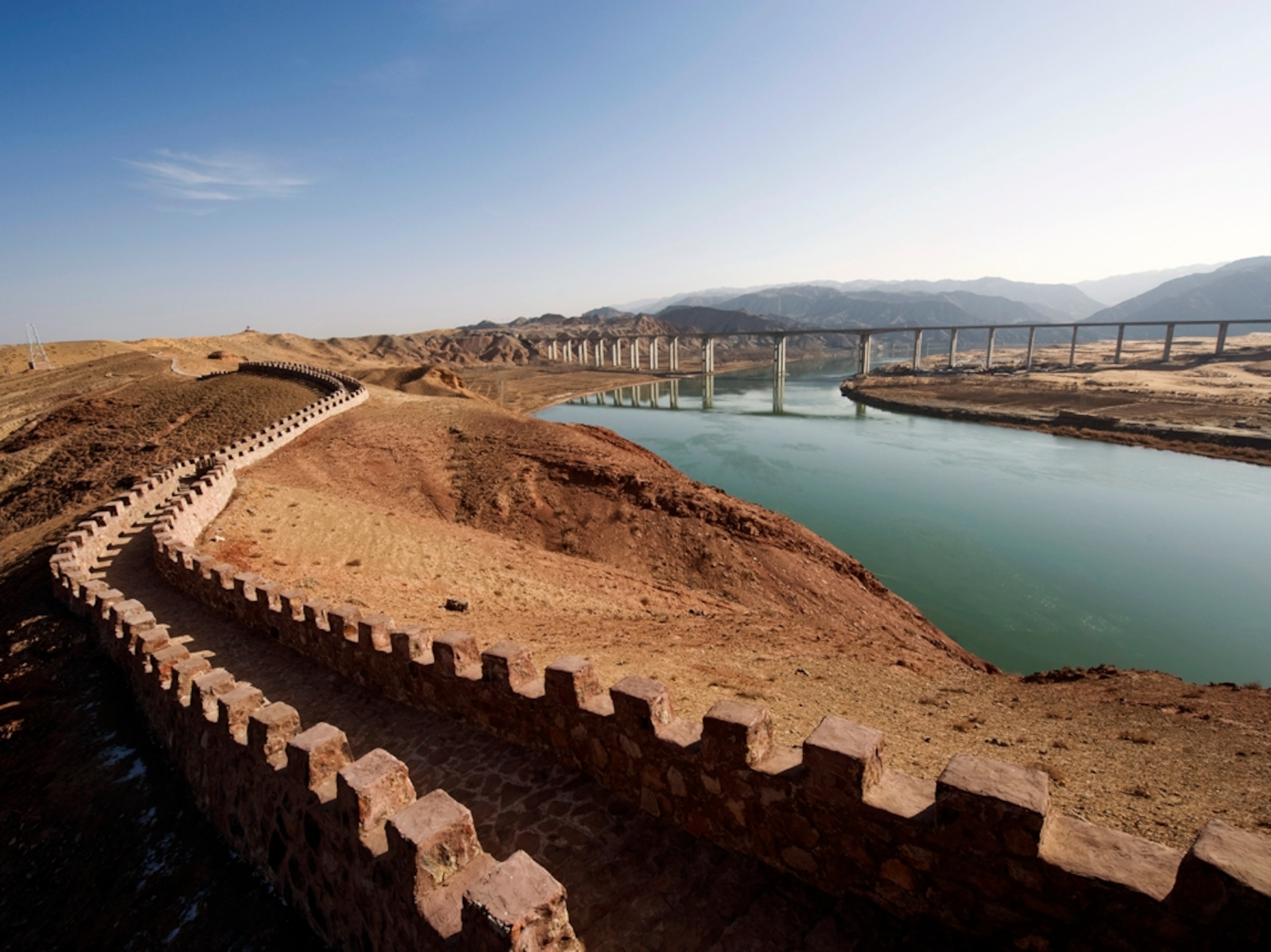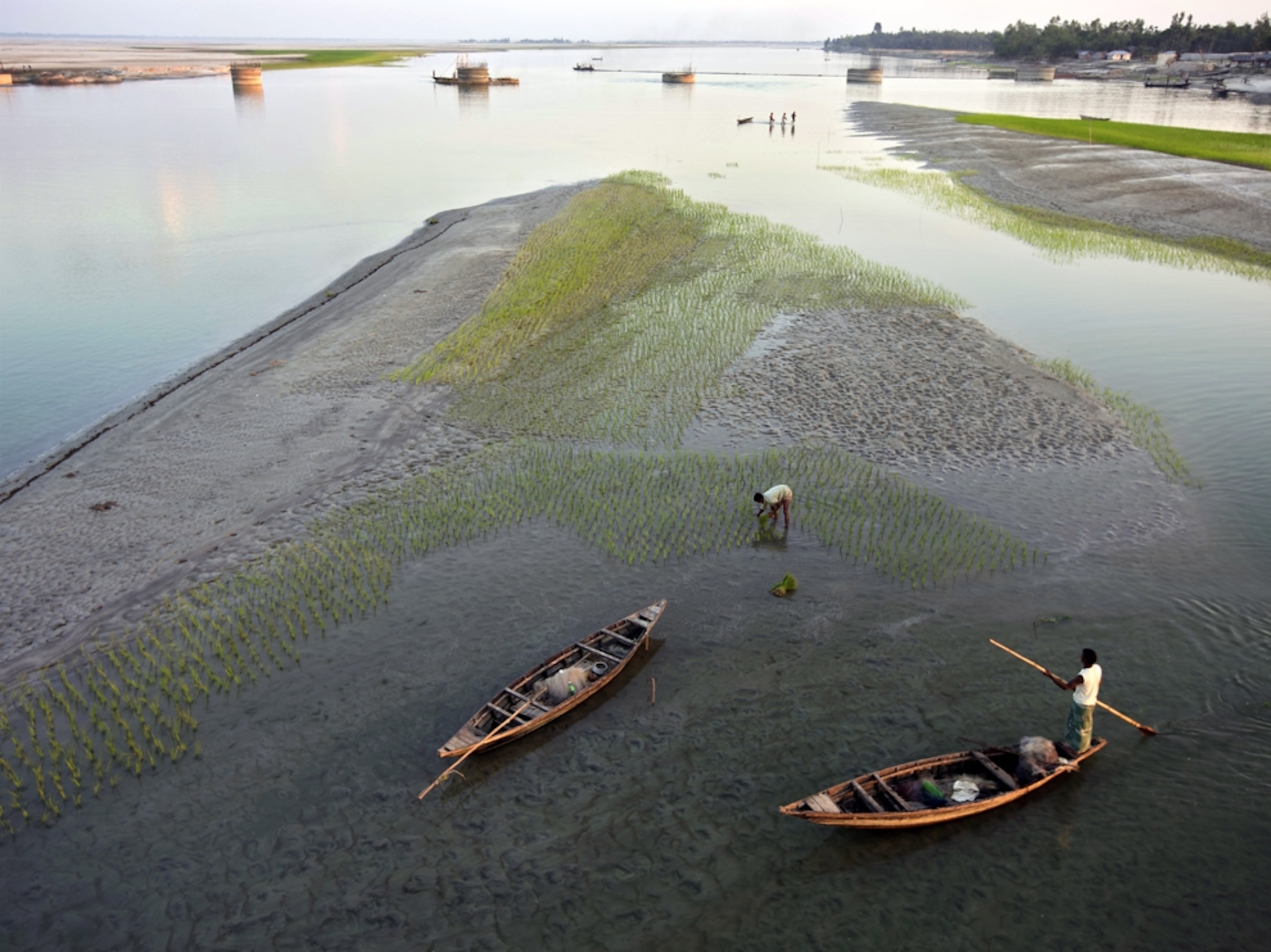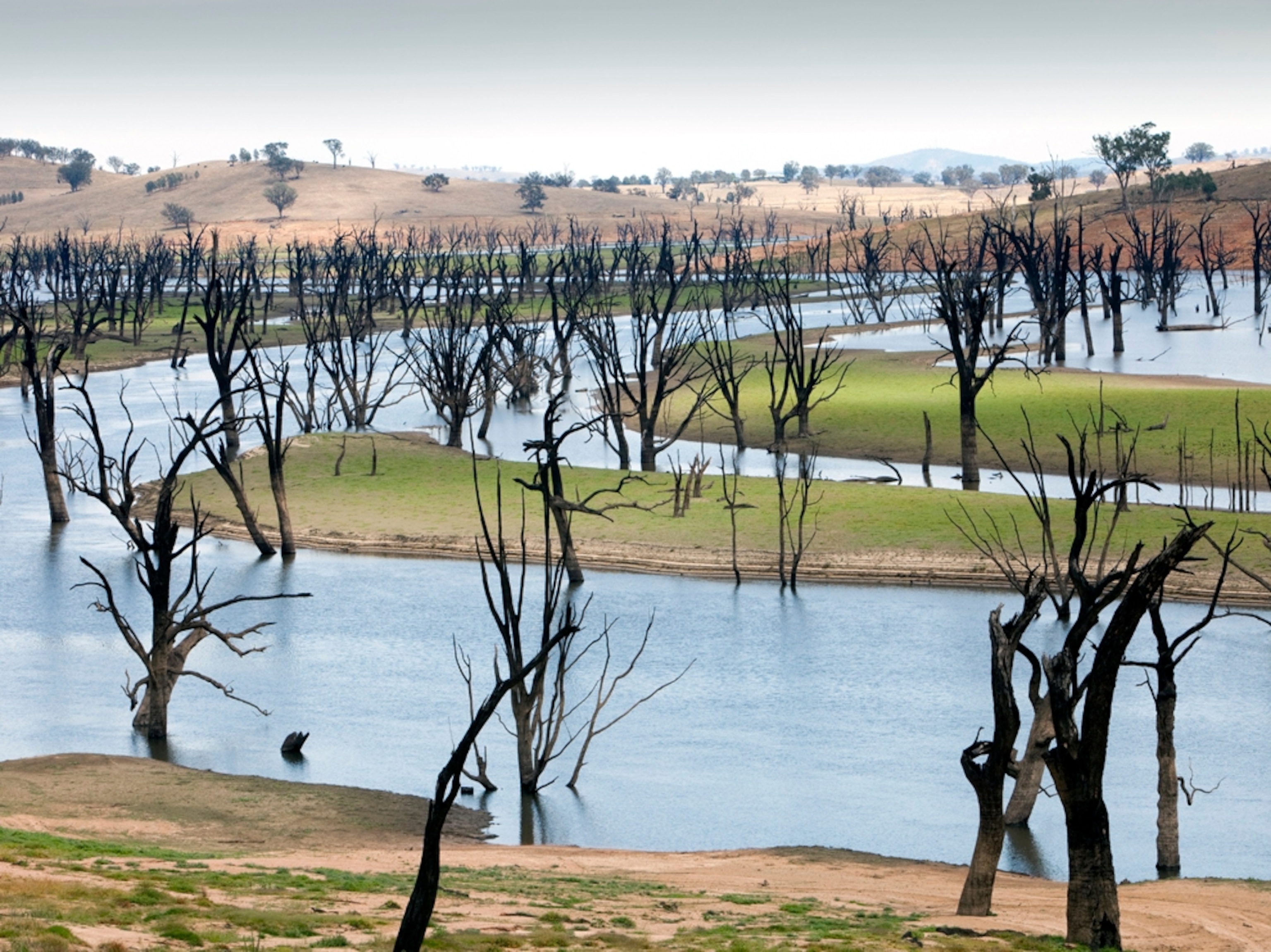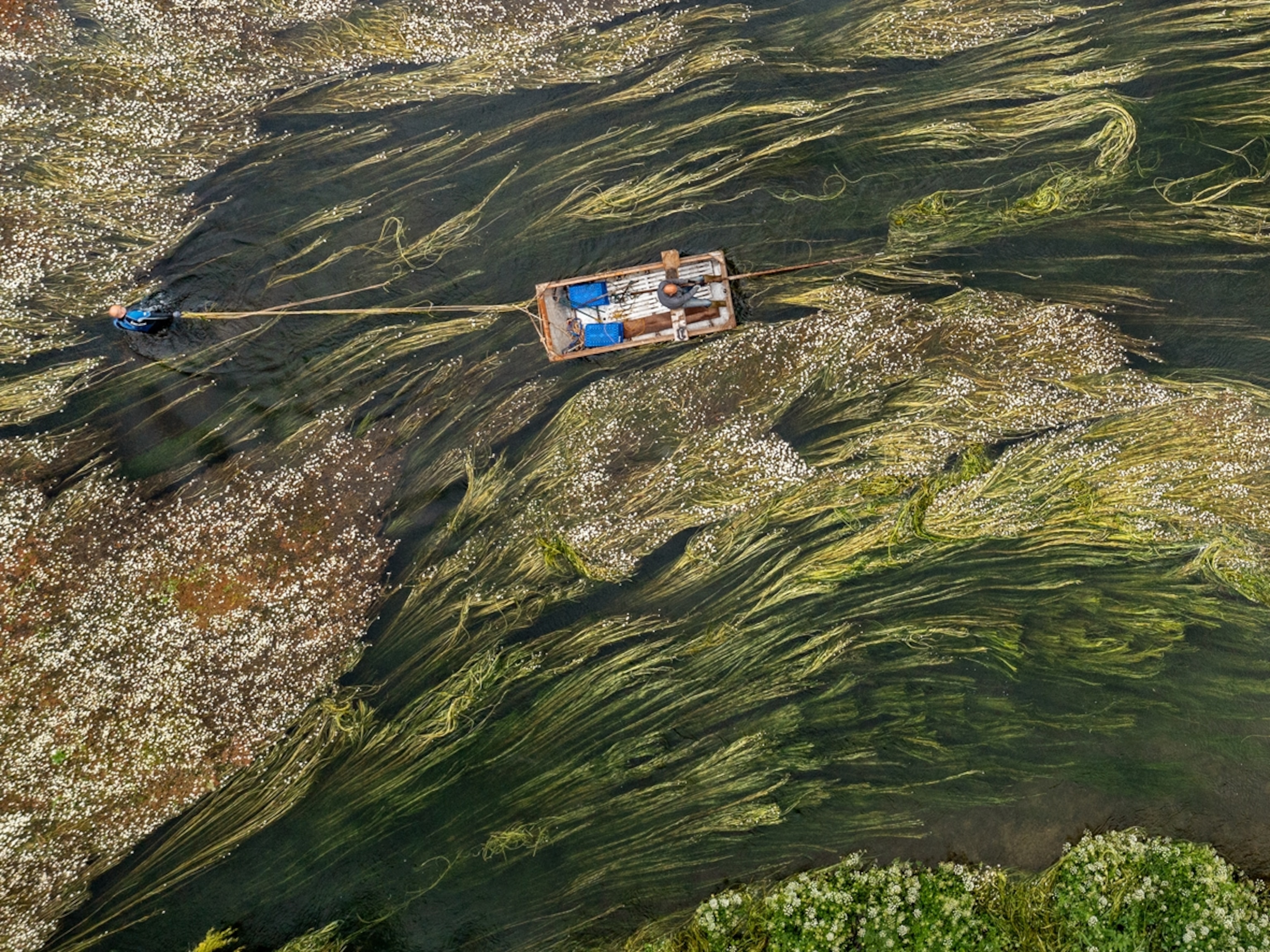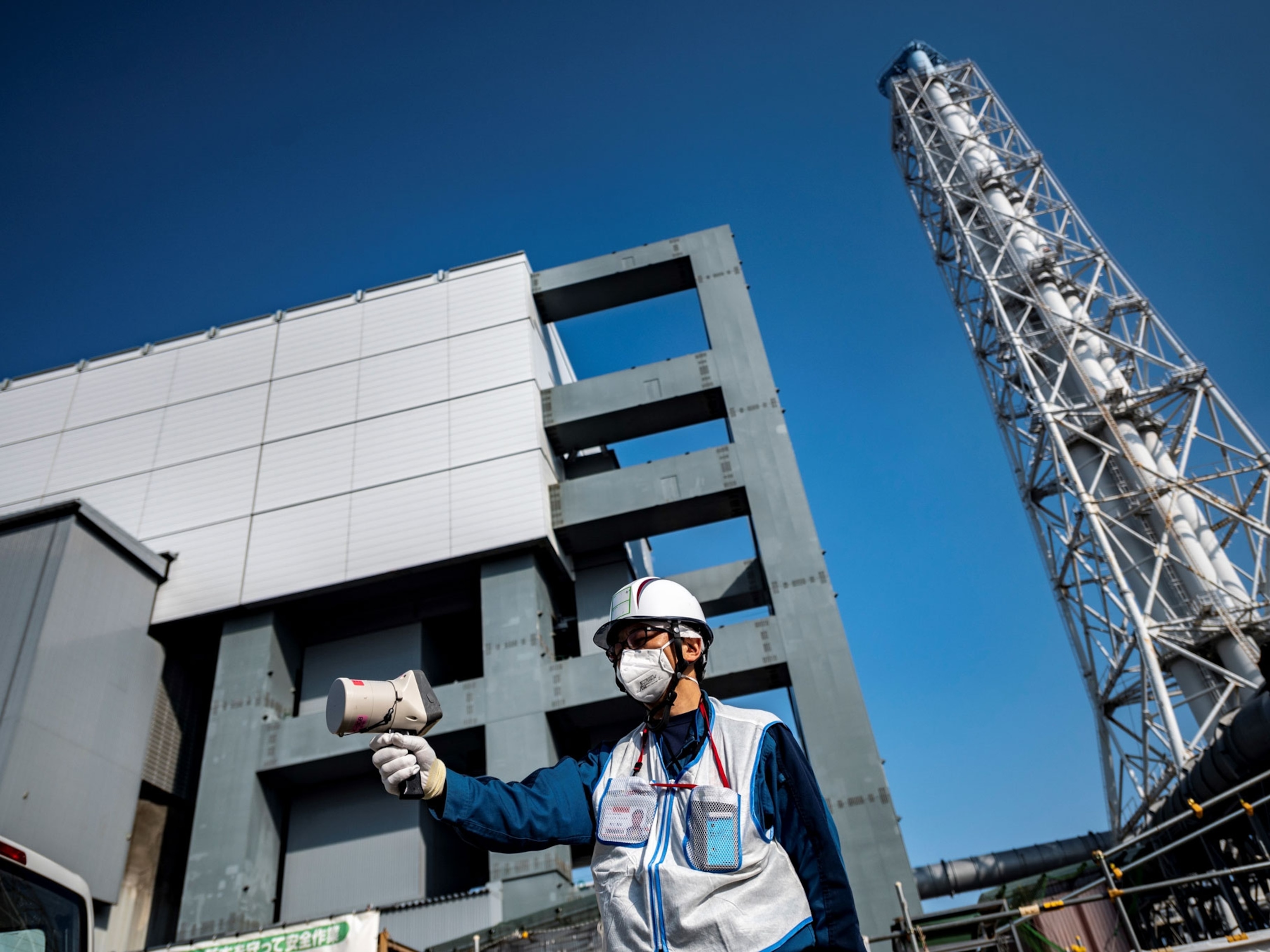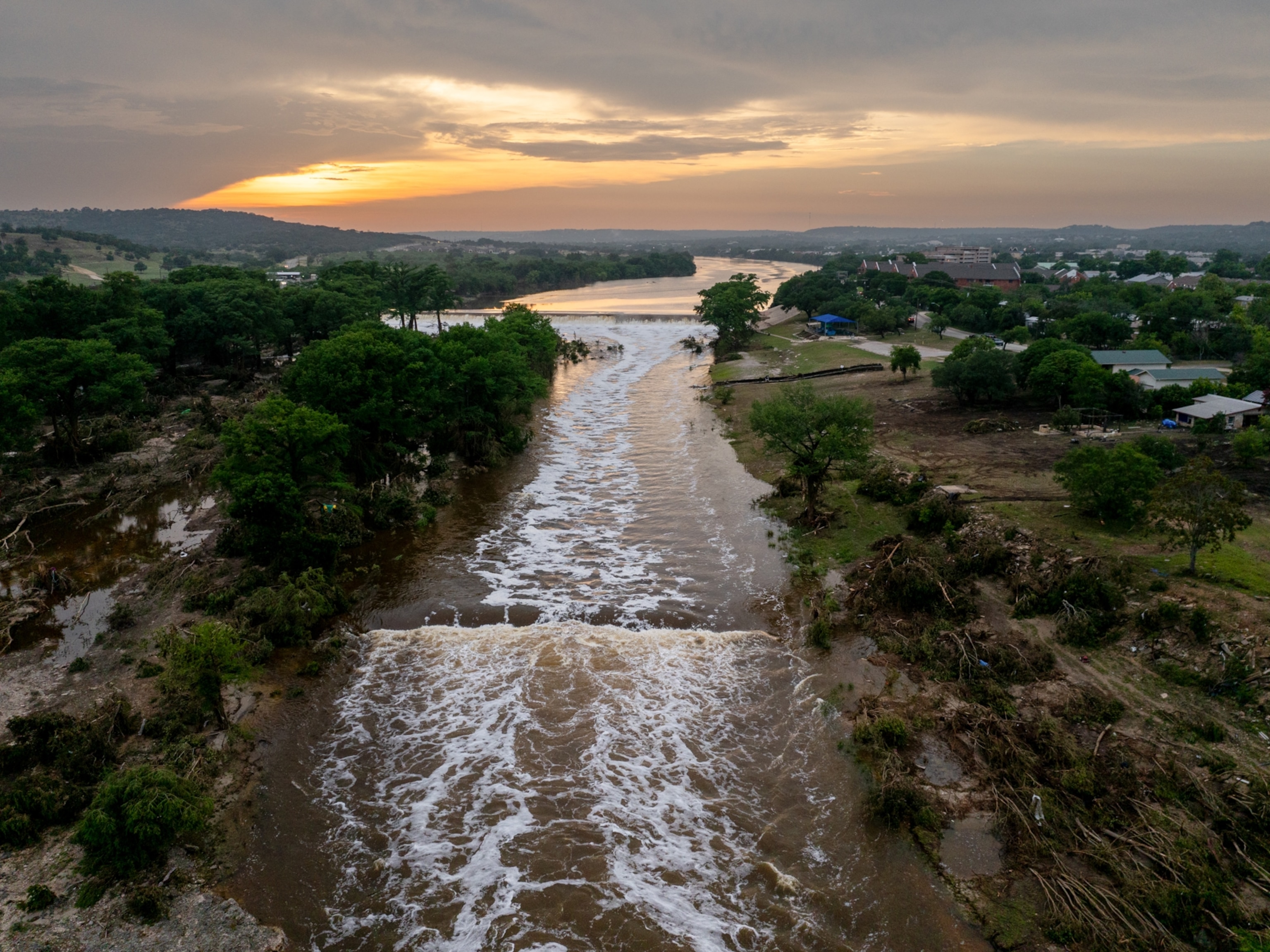Rivers
The steady flow of the clean, fresh water of rivers is essential to human life and a whole host of aquatic species.
Rivers and their tributaries are the veins of the planet, pumping freshwater to wetlands and lakes and out to sea. They flush nutrients through aquatic ecosystems, keeping thousands of species alive, and help sustain fisheries worth billions of dollars.
Rivers are also the lifeblood of human civilizations. They supply water to cities, farms, and factories. Rivers carve shipping routes around the globe, and provide us with food, recreation, and energy.
Hydroelectric plants built from bank to bank harness the power of water and convert it to electricity.
But rivers are also often the endpoint for much of our industrial and urban pollution and runoff. When it rains, chemical fertilizer and animal waste peppering residential areas and agricultural lands is swept into local streams, rivers, and other bodies of water.
The result: polluted drinking water sources and the decline of aquatic species, in addition to coastal dead zones caused by fertilizer and sewage overload.
Over the course of human history, waterways have been manipulated for irrigation, urban development, navigation, and energy. Dams and levees now alter their flow, interrupting natural fluctuations and the breeding and feeding patterns of fish and other river creatures.
Technology and engineering have changed the course of nature, and now we are looking for ways to restore flow and function to the planet’s circulatory system.
The Colorado River provides an excellent example of what happens when demand for river water—for cities, industry, energy production, and agriculture—threatens to outpace supply.
River Trivia
- An unsettling number of large rivers—including the Colorado, Rio Grande, Yellow, Indus, Ganges, Amu Darya, Murray, and Nile—are now so overtapped that they discharge little or no water to the sea for months at a time.
- The world's biggest dam, the The Three Gorges dam on China's Yangtze River, is one of the largest power generators in the world, and holds almost 32 million acre-feet (39.3 cubic kilometers) of water. The hydropower-generating dam does have its drawbacks, though: It displaced an estimated 1.3 million people and flooded thousands of villages.
- After enduring 19 flood episodes between 1961 and 1997, Napa, California, opted to restore the Napa River floodplain for $366 million, instead of the more conventional flood-control strategy of channelizing and building levees. (See the nearby Oroville Dam's slipway bursting at the seams.)


